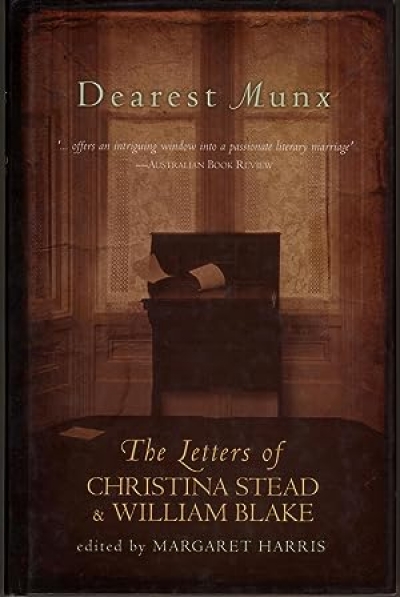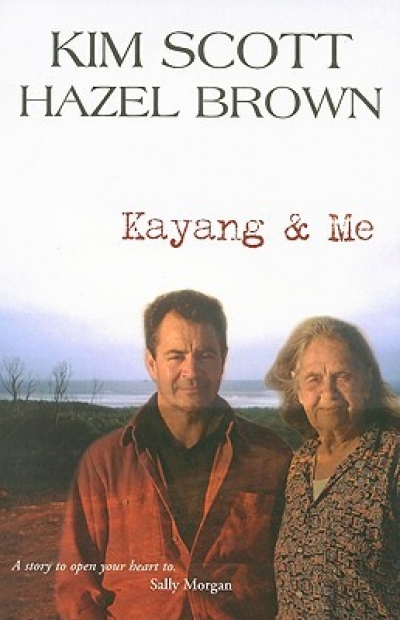Archive
Righteous Violence edited by Tony Coady and Michael O'Keefe & A Matter of Principle edited by Thomas Cushman
by Jonathan Pearlman •
Dowling’s Select Cases, 1828 To 1844 edited by T.D. Castle and Bruce Kercher
by Ian Barker •
The Paradoxes of Water: Selected and new poems 1970–2005 by Rod Moran
by David Gilbey •
Dearest Munx: The Letters of Christina Stead and William J. Blake by Margaret Harris
by Anne Pender •
Aboriginal Victorians: A history since 1800 by Richard Broome
by Ann McGrath •
Noble Sindhu Horses by Lynette Chataway & 98% Pure by J.D. Cregan
Babes In The Bush: The making of an Australian image by Kim Torney
by Peter Pierce •
Speight of Violence: Inside Fiji’s 2000 coup by Michael Field, Tupeni Baba and Unaisi Nabobo-Baba
by Allan Patience •










